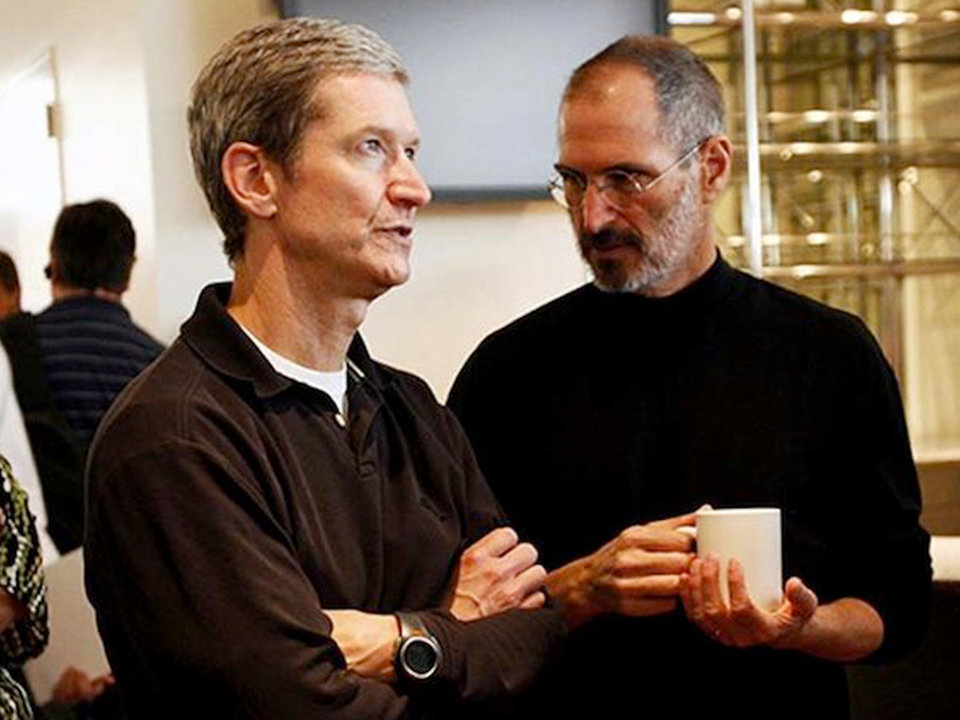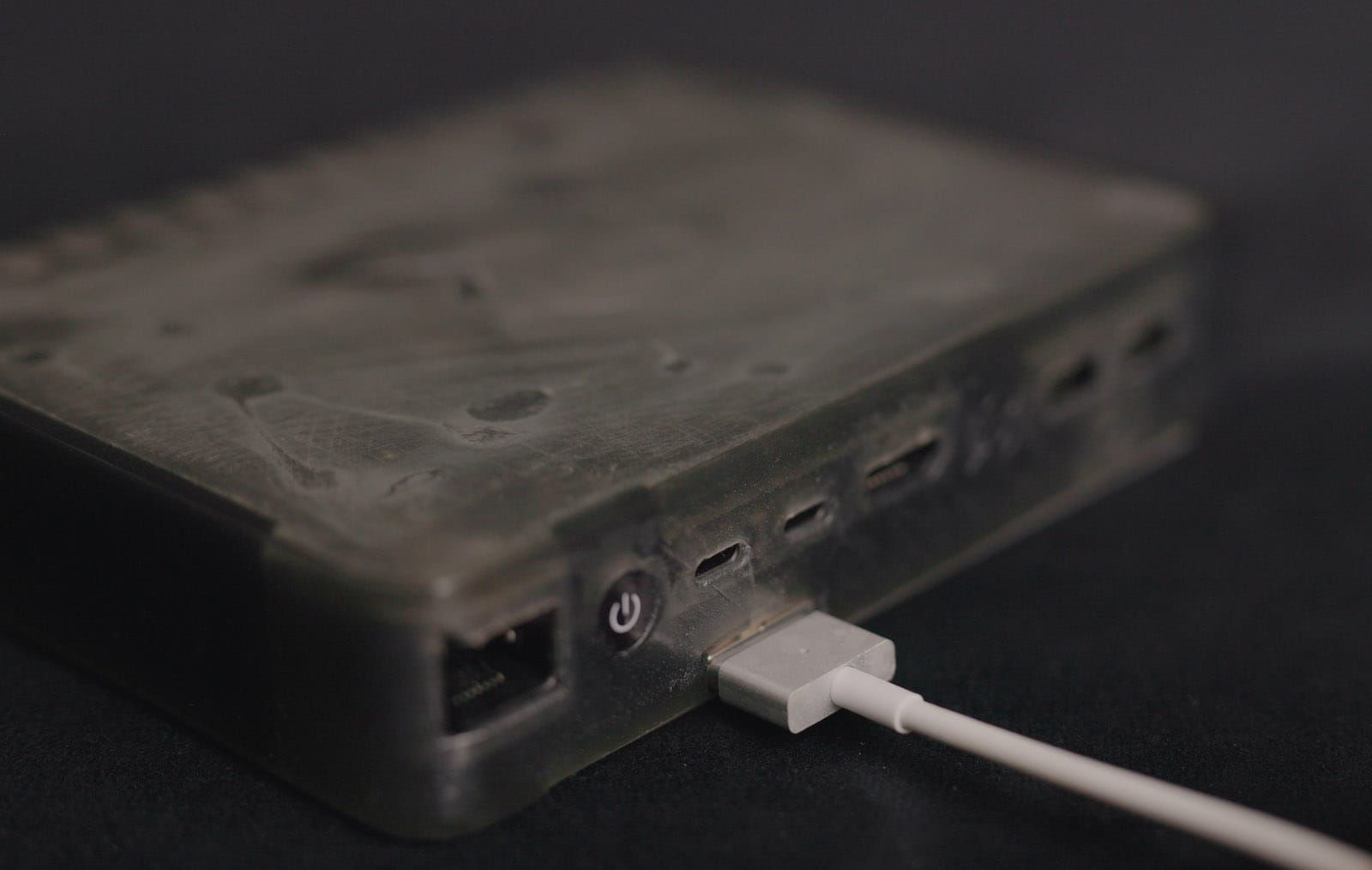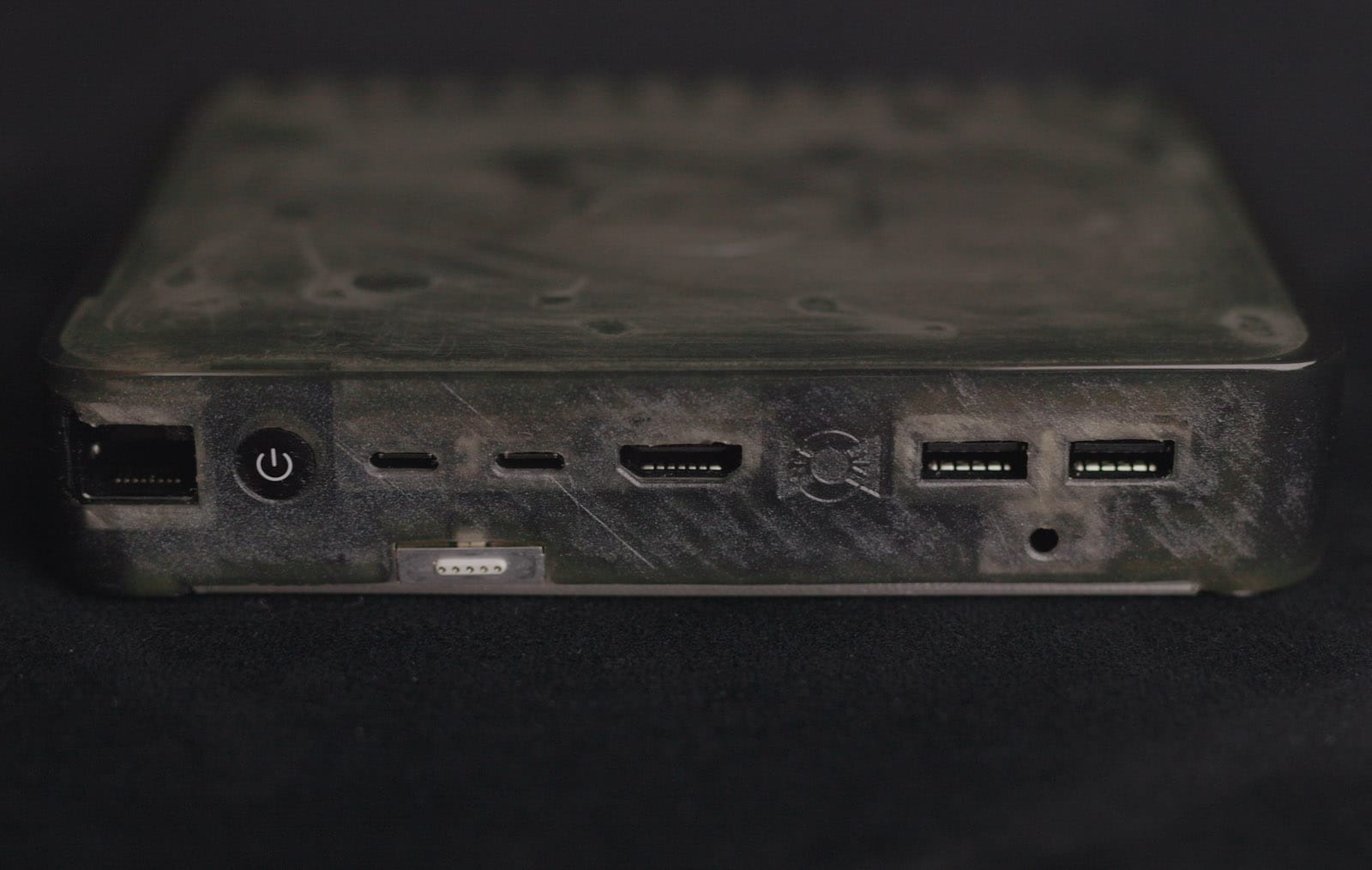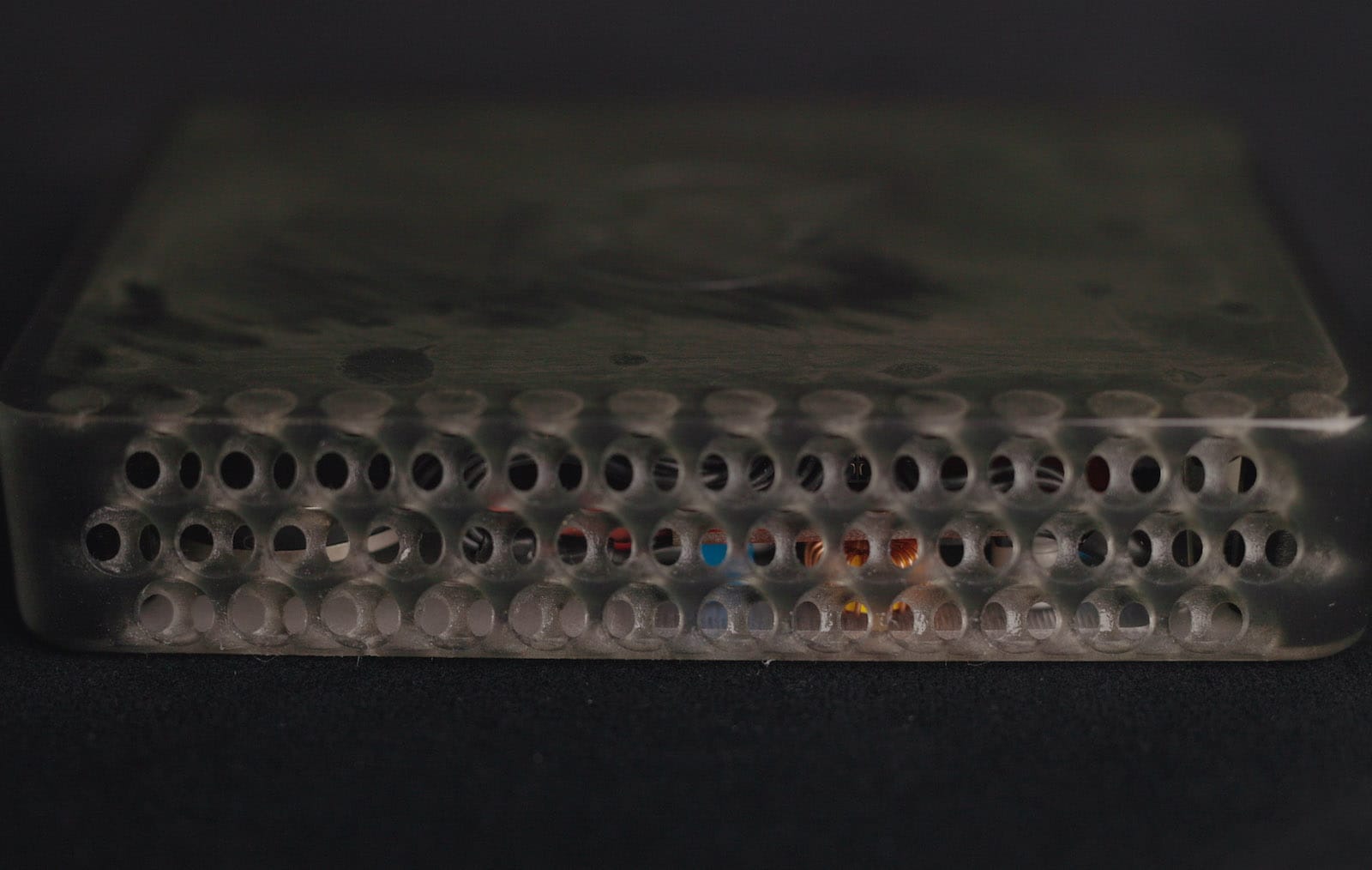Steve Jobs managed to build one of the best technology companies in the world. He literally stood at the birth of almost all essential products and thus had a noticeable influence on their form and functionality, which accompanies us to this day. Probably every apple lover also knows the story of how Jobs evaluated one of the first prototypes of the first iPod. That's when engineers brought it to him for inspection, with the Apple founder insisting that the device was too thick. To prove this statement, he threw it into an aquarium and air bubbles "floated" out of the iPod, which were supposed to indicate the (unnecessary) free space inside the player itself.
It could be interest you
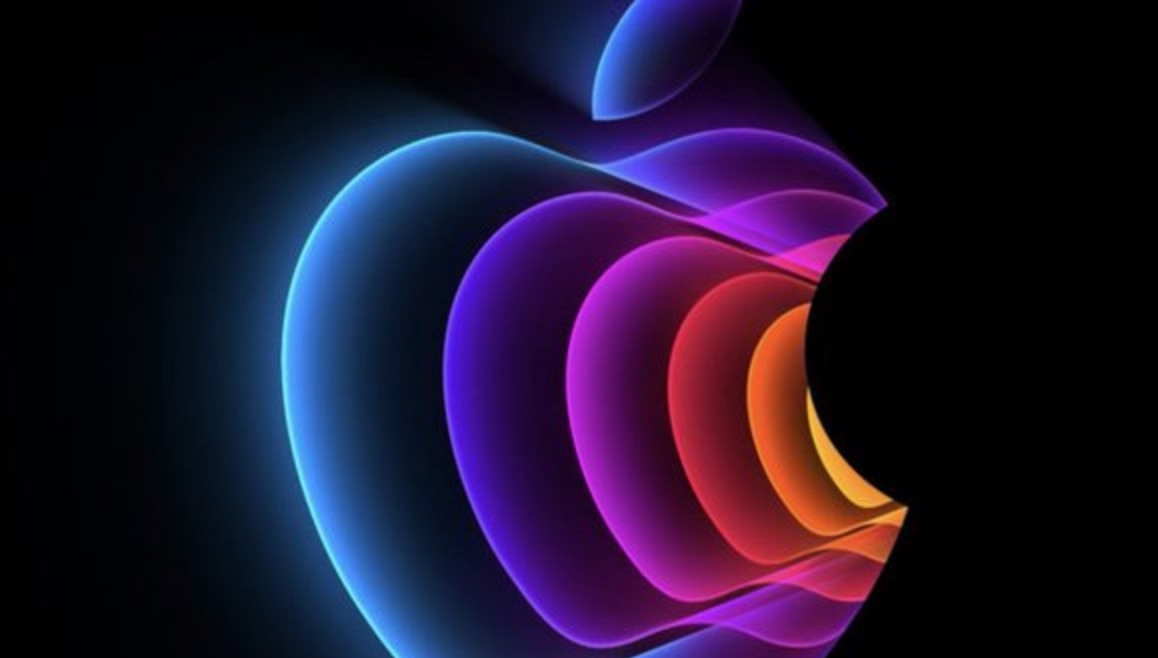
It was Jobs who insisted on a refined design for each product, when he mainly pushed forward thinness. For this reason, after all, he understood with the main designer, named Jony Ive, who held the same idea. Apple continued in this direction even after Jobs' death. For example, such MacBooks kept getting thinner until they could not even cool the internal components due to poor design, which brought with it a number of problems. This major redesign of apple laptops came in 2016. But when we look at the offer of the apple company today, is the company really still following this legacy of Jobs?
The Mac mini shows the opposite
This question is suggested when looking at the current Mac mini with the M1 chip, which, while more powerful, does not produce as much heat, which theoretically makes it smaller overall. This Mac has been relying on the same body design since 2010 and is slightly reminiscent of the Apple TV. In the end, there is nothing wrong with that. It is still a very capable compact computer at a decent price. YouTube channel Snazzy Labs however, now he has come up with an interesting redesign in which he managed to shrink the Mac mini by an incredible 78 percent. Specifically, the internal components were rearranged, the power supply was replaced with a MagSafe 2 connector (from MacBook Pro 2015) and active cooling was removed. Subsequently, all that was left was to insert the "entrails" into the new body, which was printed using 3D printing with MSLA technology. Fans of cyberpunk will surely be pleased with the appearance of the new body. This is based on the Mac Pro (2019) with the addition of an industrial design.
Replacing the power supply with MagSafe 2 and removing the cooling played a key role in the transformation. These are relatively large components, which, even if they don't have to, are there for a simple reason - to reduce costs. The exact same components can also be found in older models with an Intel processor. For this reason, Apple probably still uses them today, instead of working on a newer (and therefore smaller) solution.
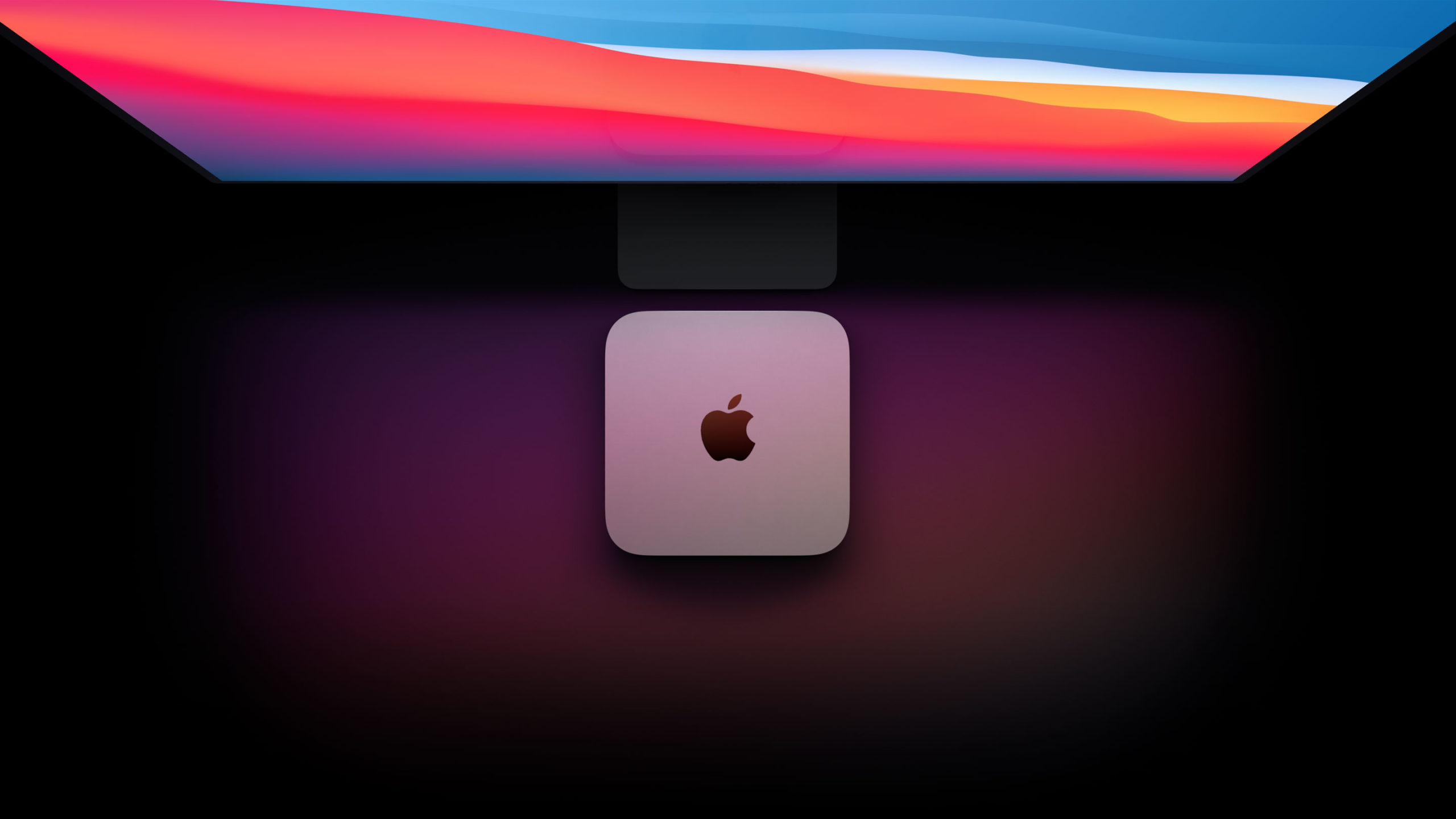
Why isn't the Mac mini smaller?
As we mentioned above, it was Steve Jobs who advocated the smallest possible size for Apple devices. Logically, it also makes sense. The iPod, as a pocket audio player, should be compact in size and easily hidden in a pocket, for example. In the same way, MacBooks also experienced a certain reduction earlier. So why is the Mac mini so unnecessarily large when it can easily be reduced by the aforementioned 78%? With a high probability, Apple uses components that are already available some Friday and does not have to waste time and money developing new ones. So, unfortunately, we cannot find the famous link in this regard.

Of course, upcoming models will play an extremely important role in this regard. There is already speculation about the arrival of a Mac mini with an Apple Silicon chip, which could theoretically be up to half the size of the current model from 2019. So the question remains whether the Cupertino giant will continue with the current design, or will return to downsizing again. What would you prefer?
It could be interest you
